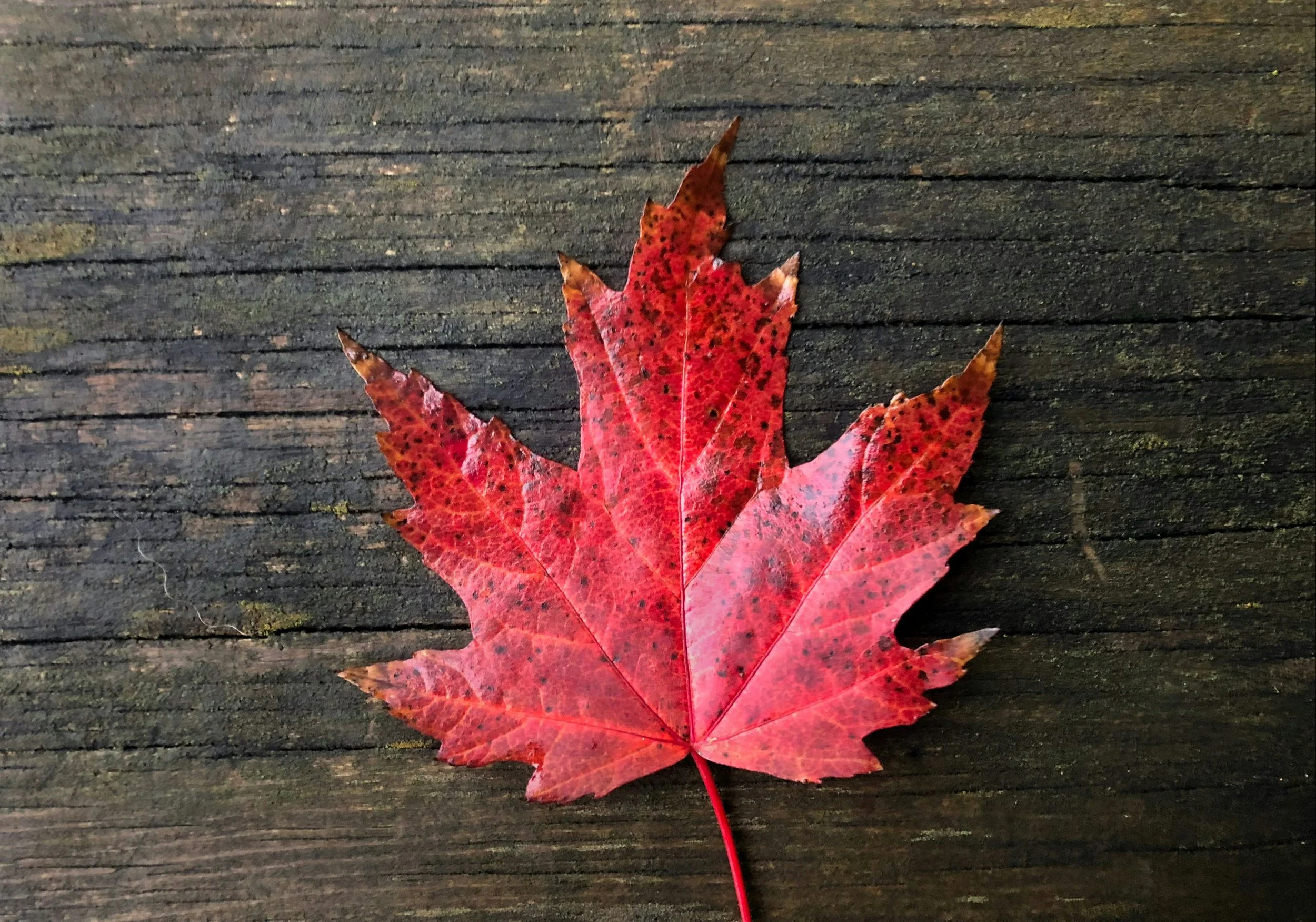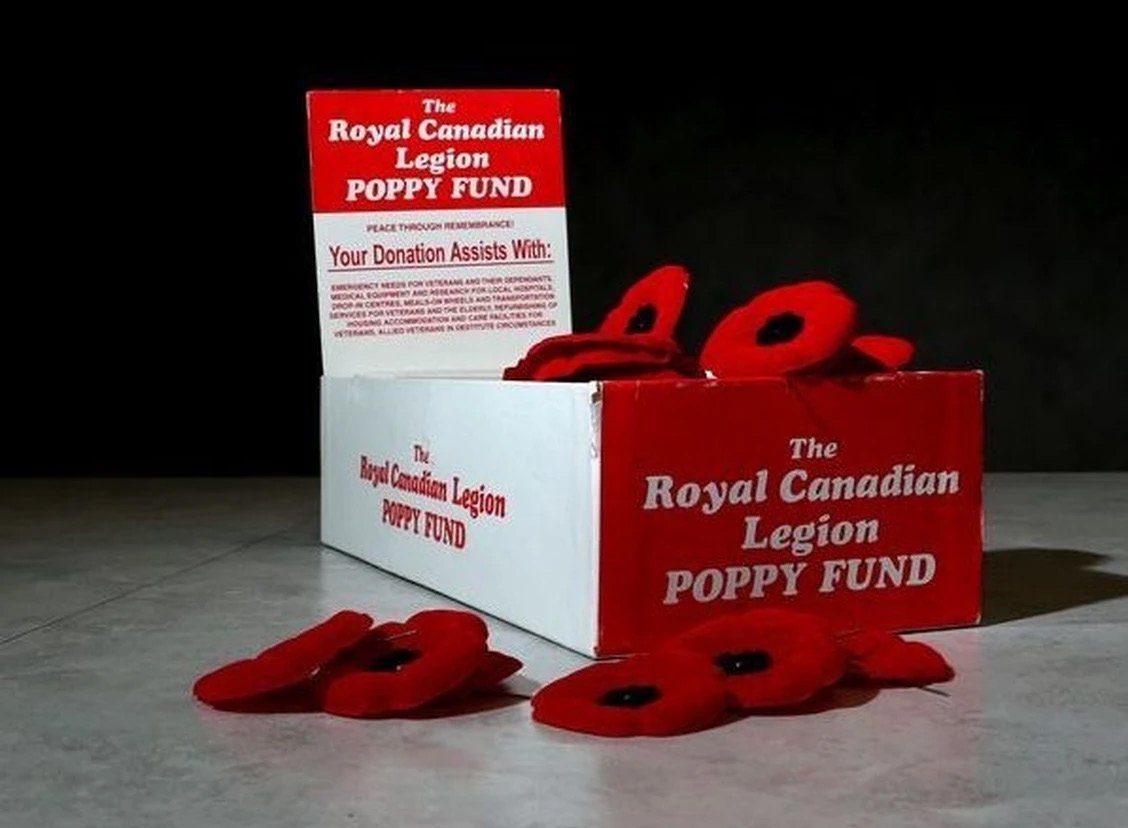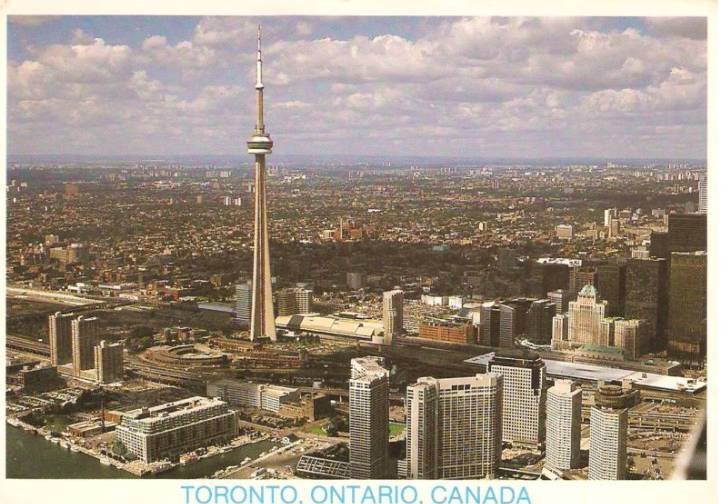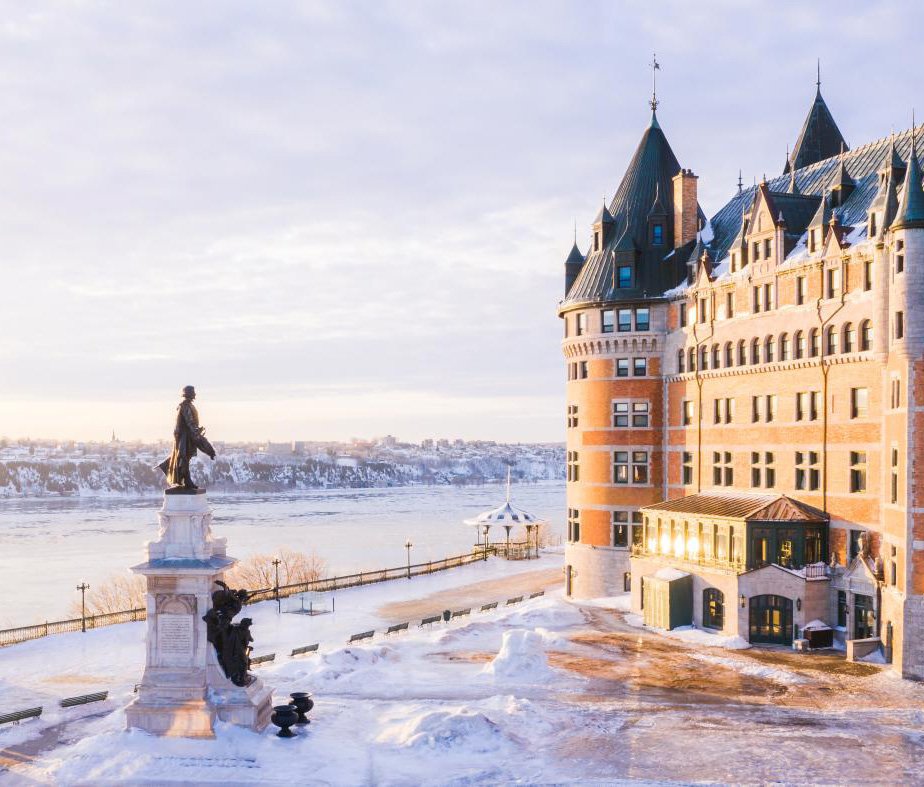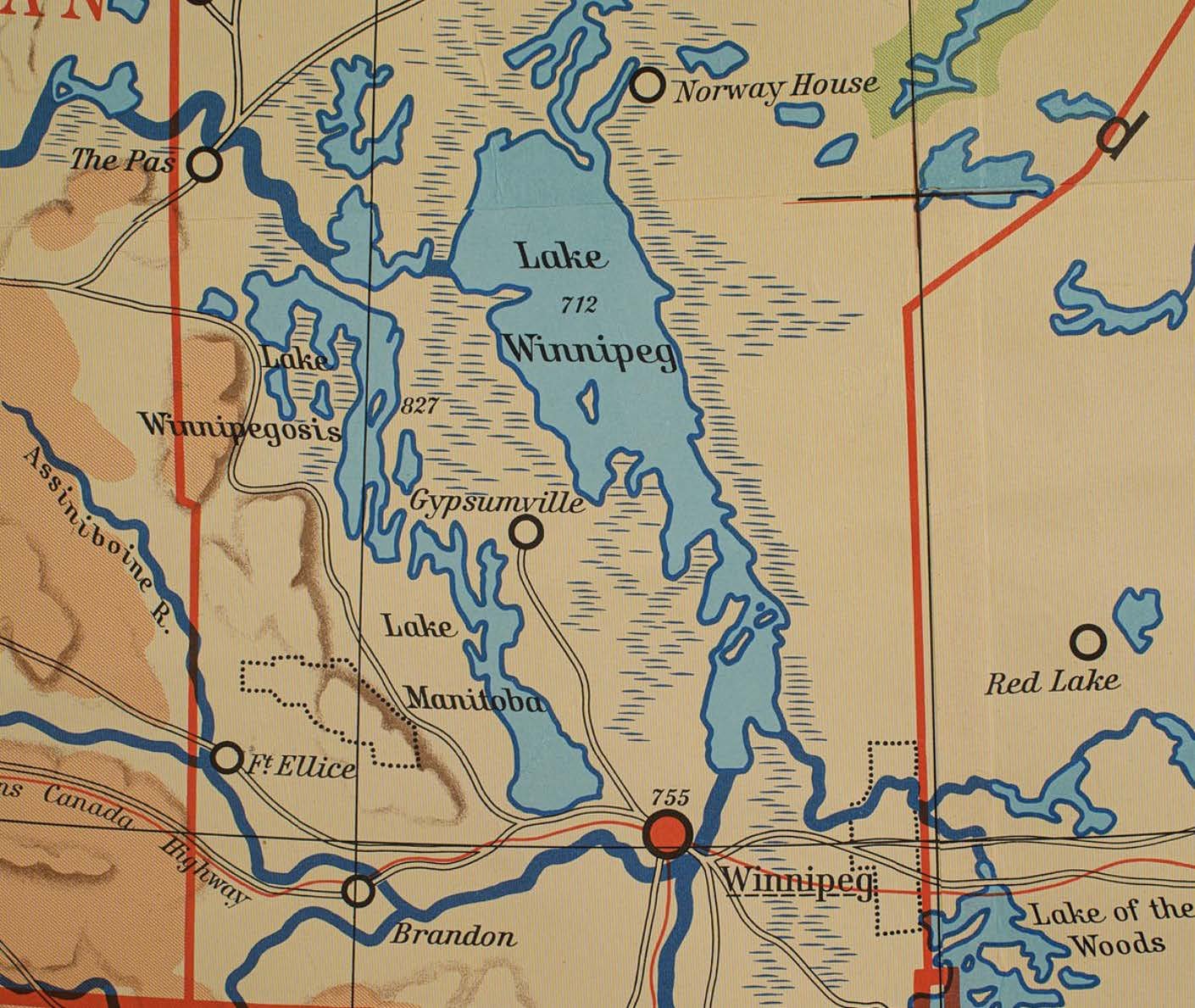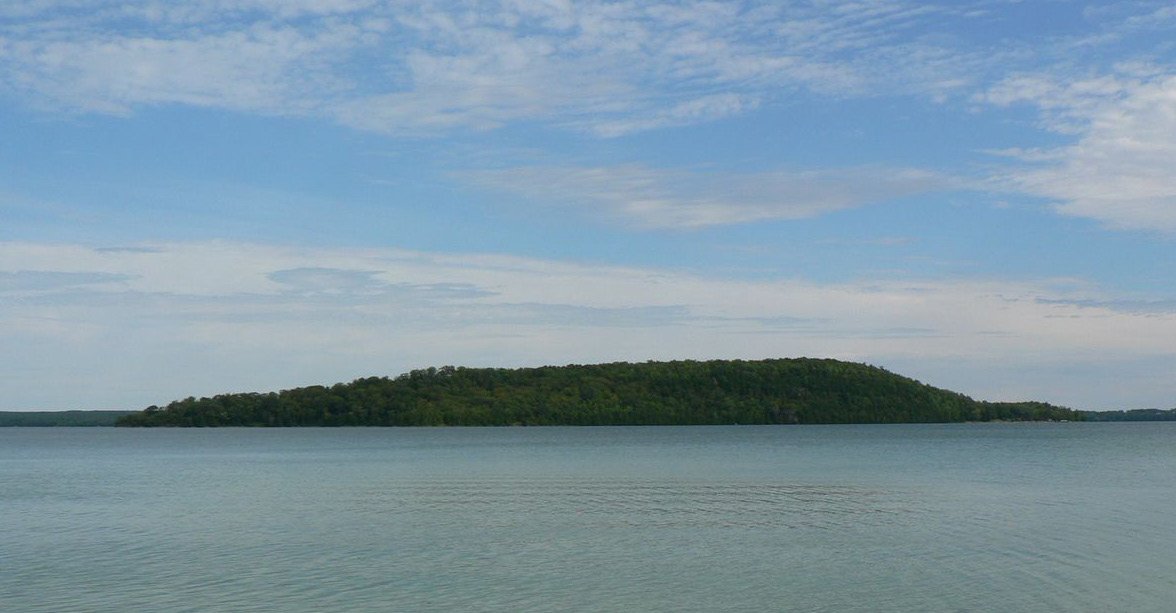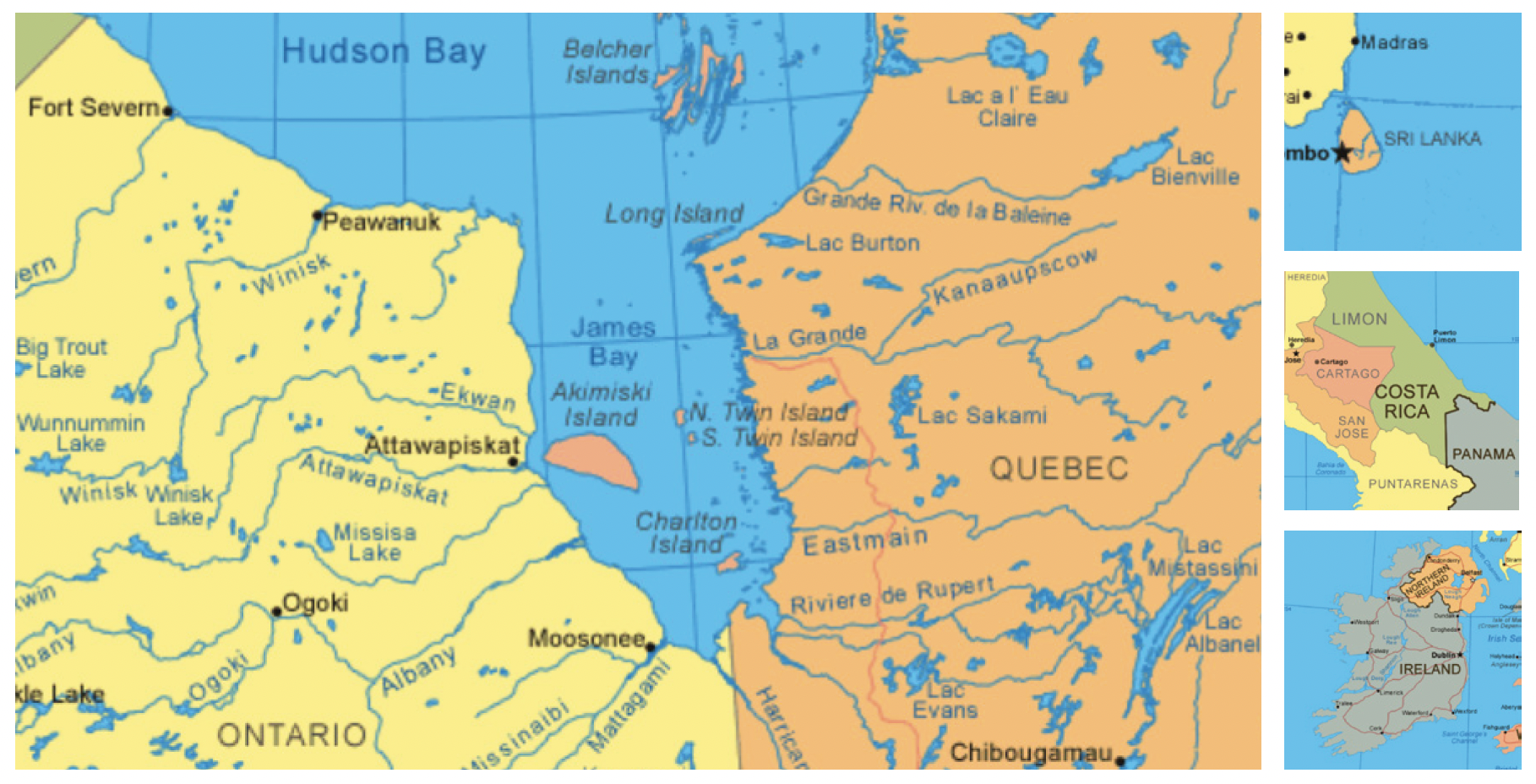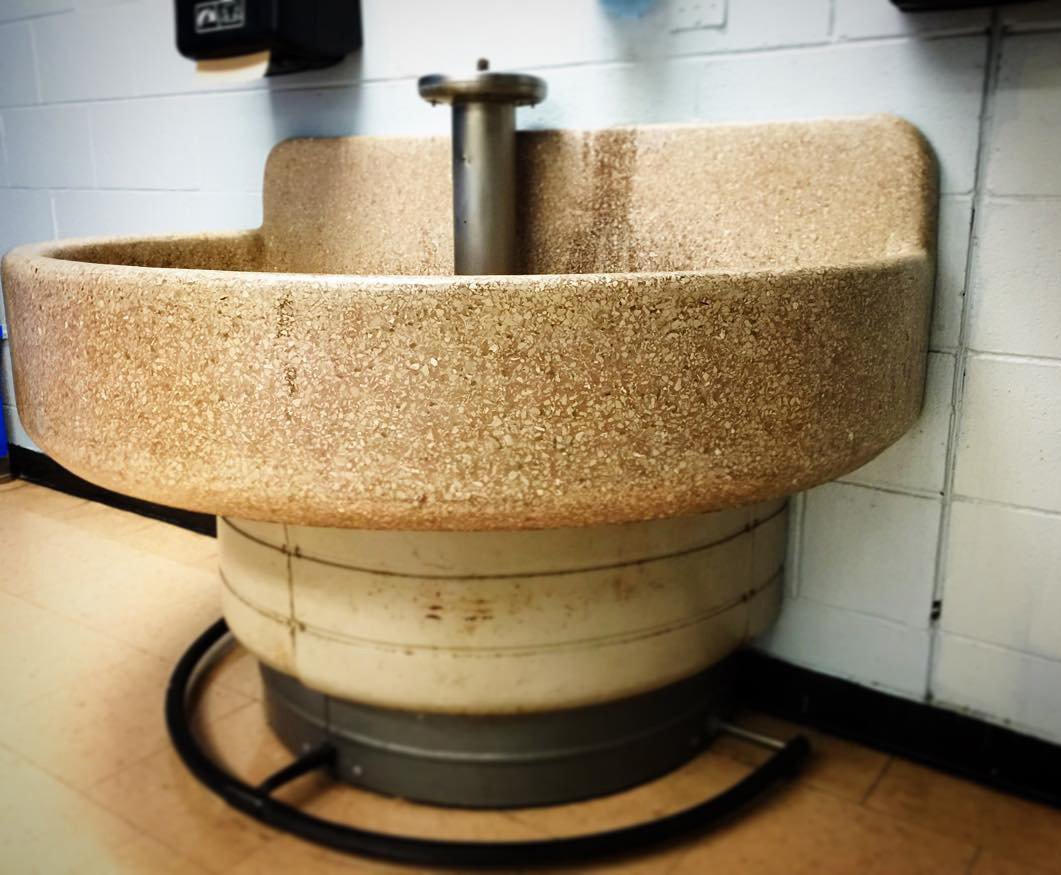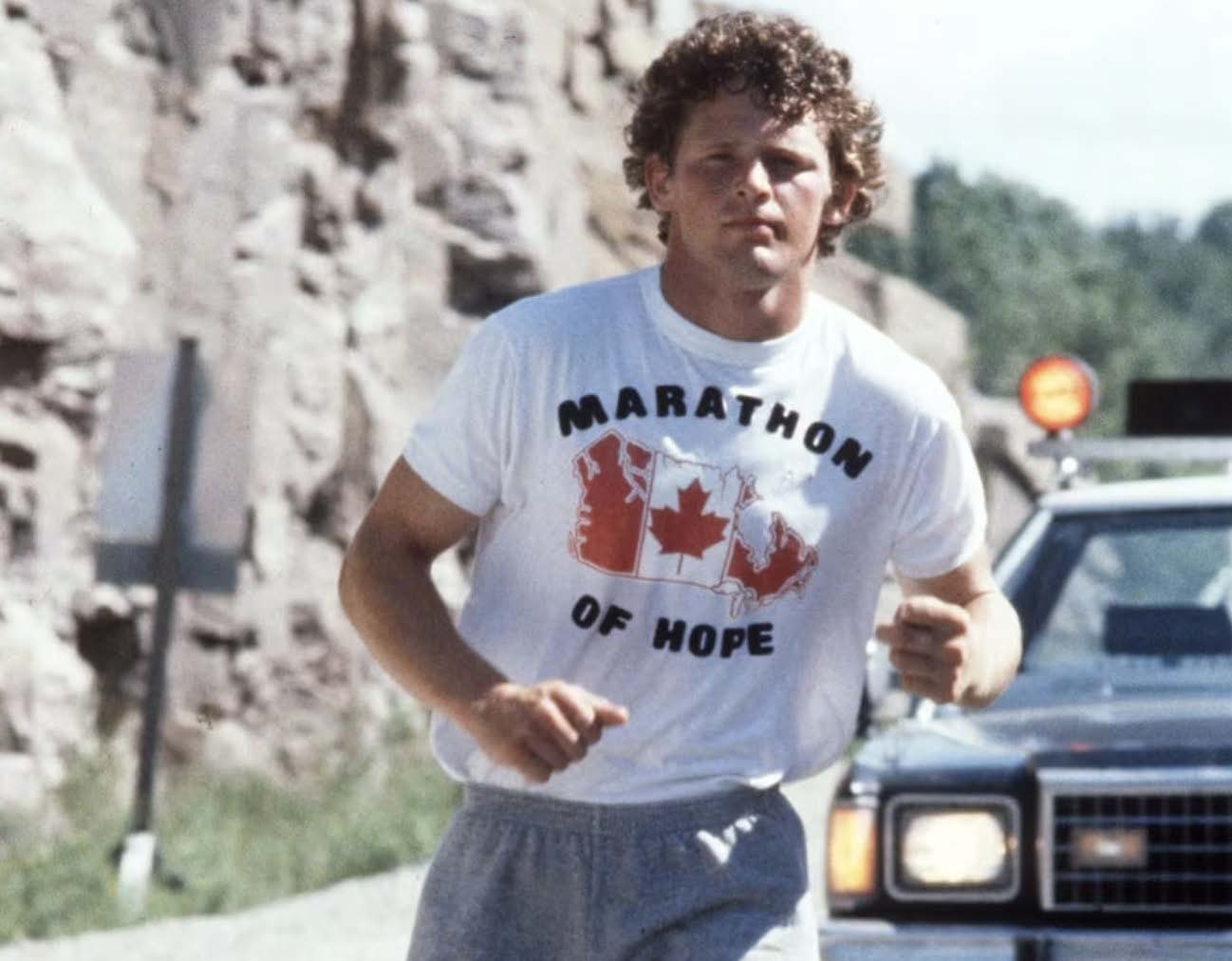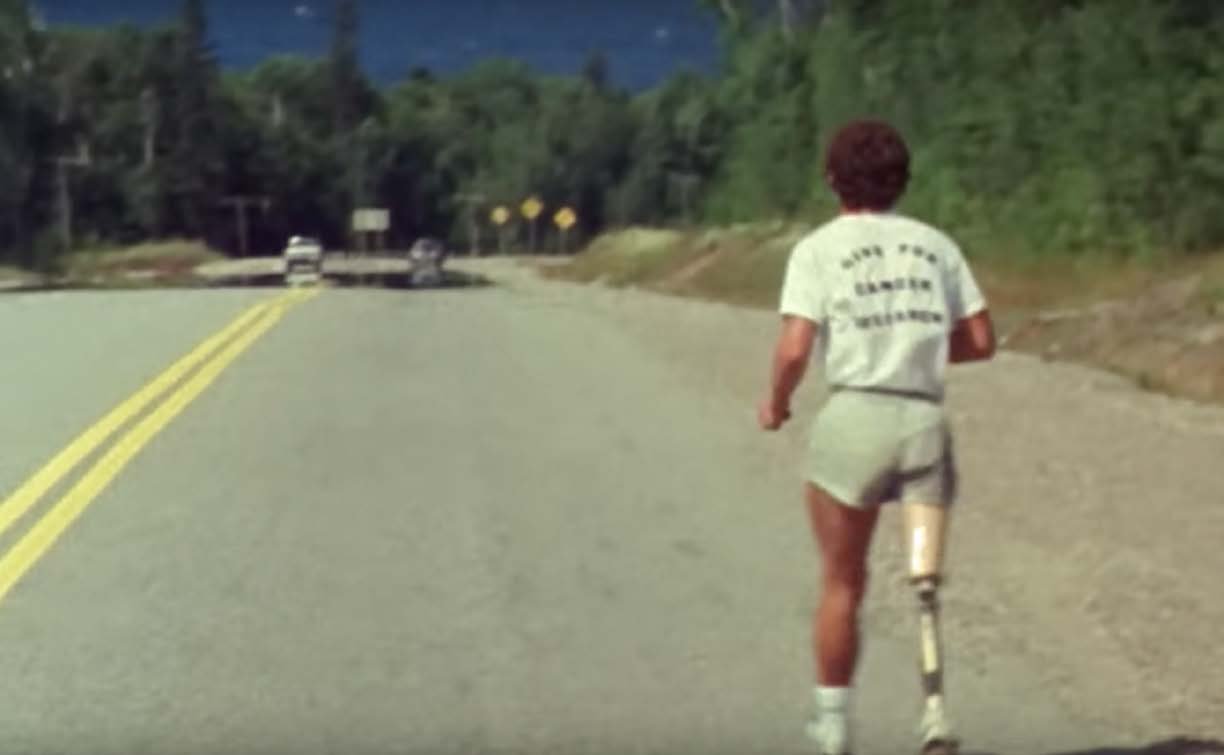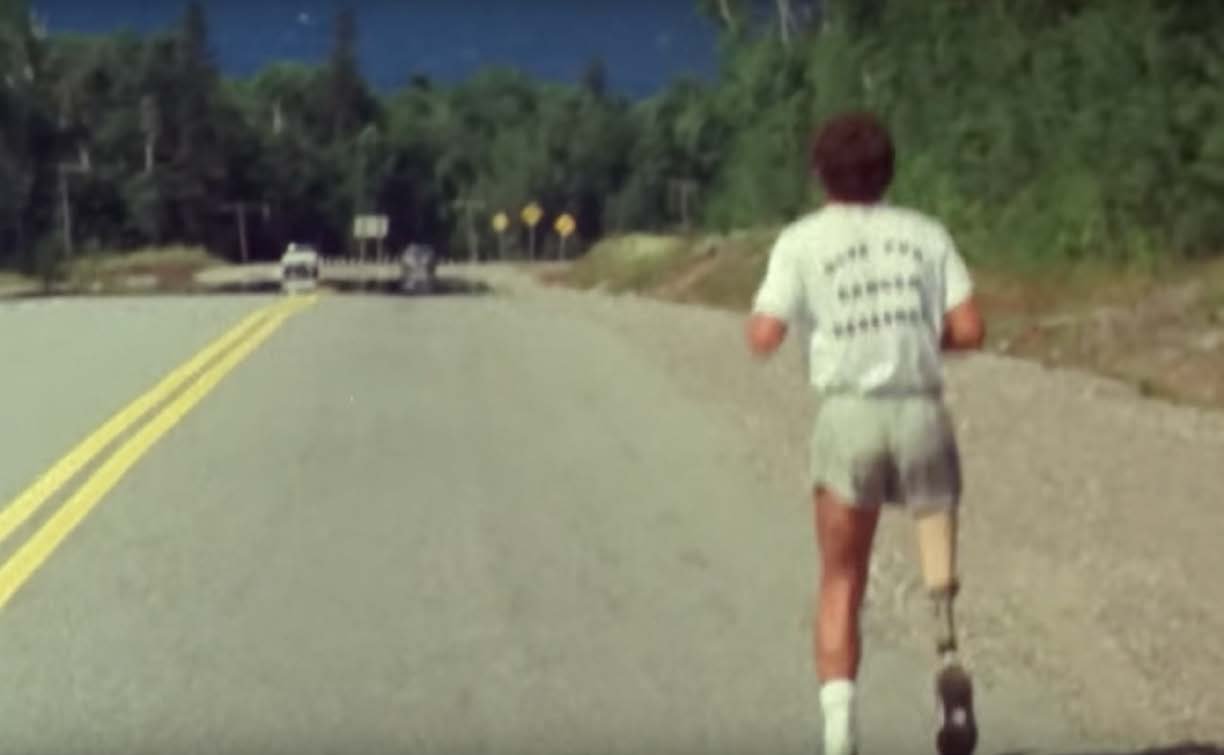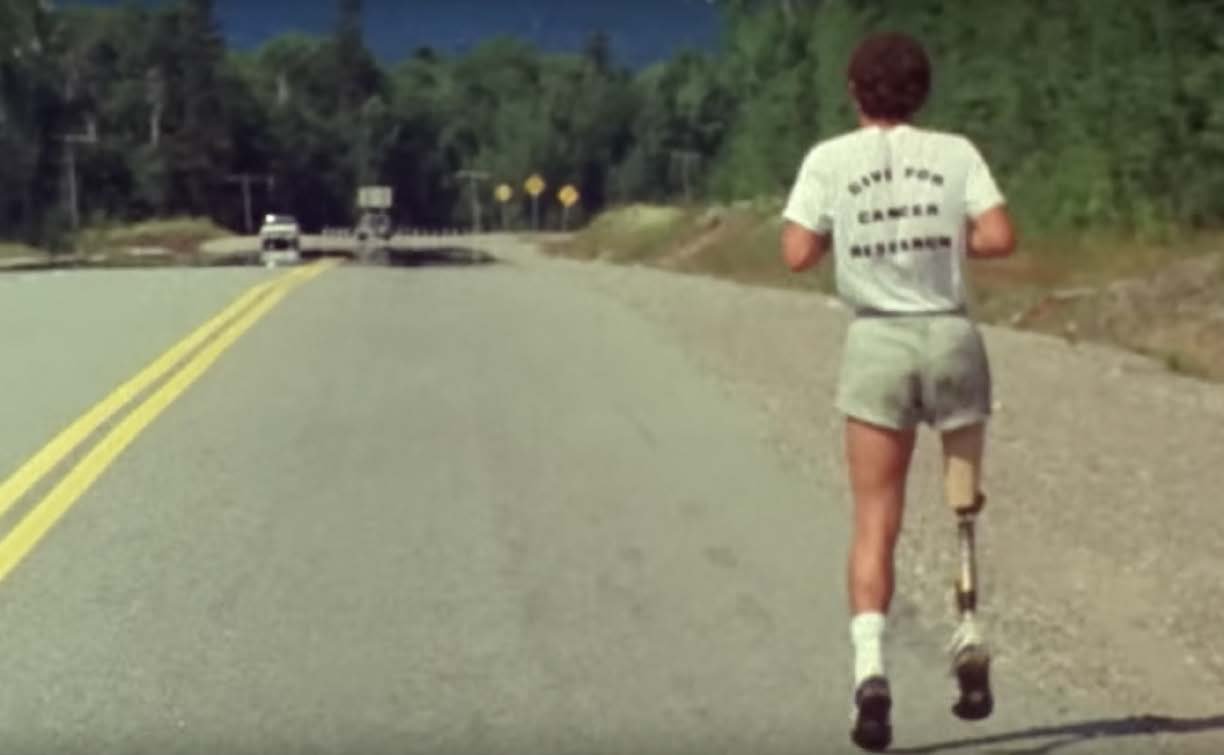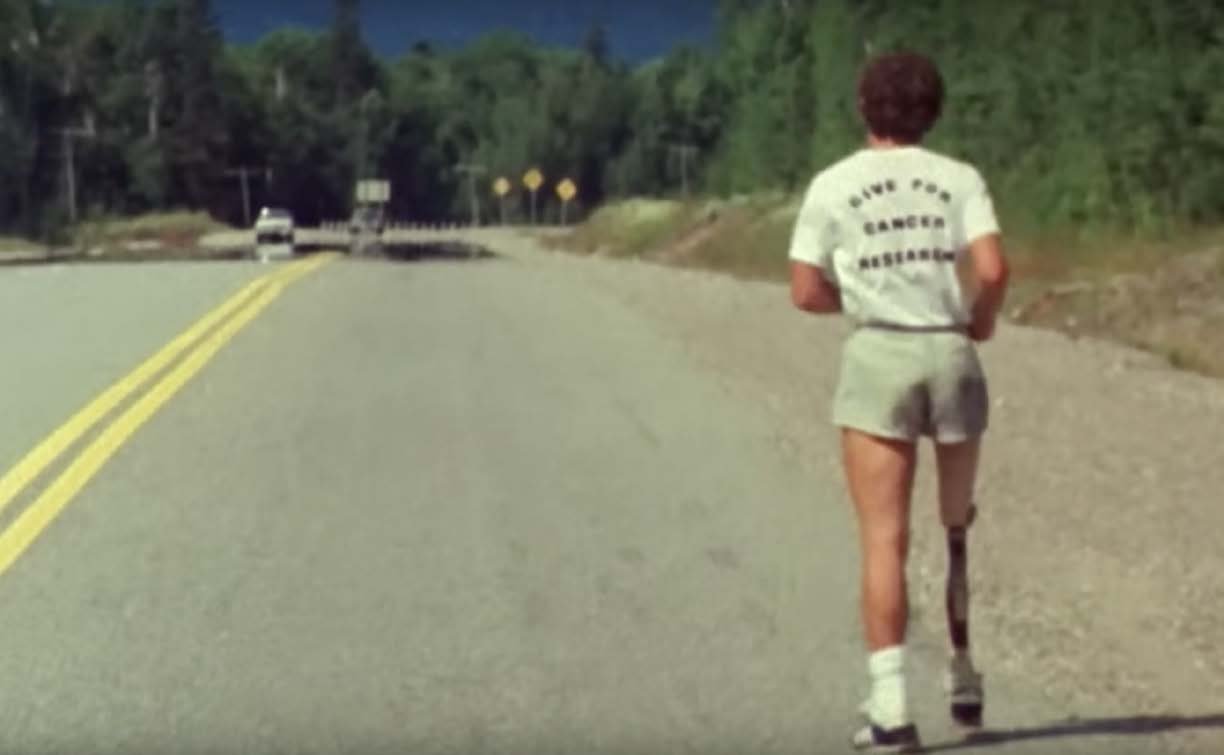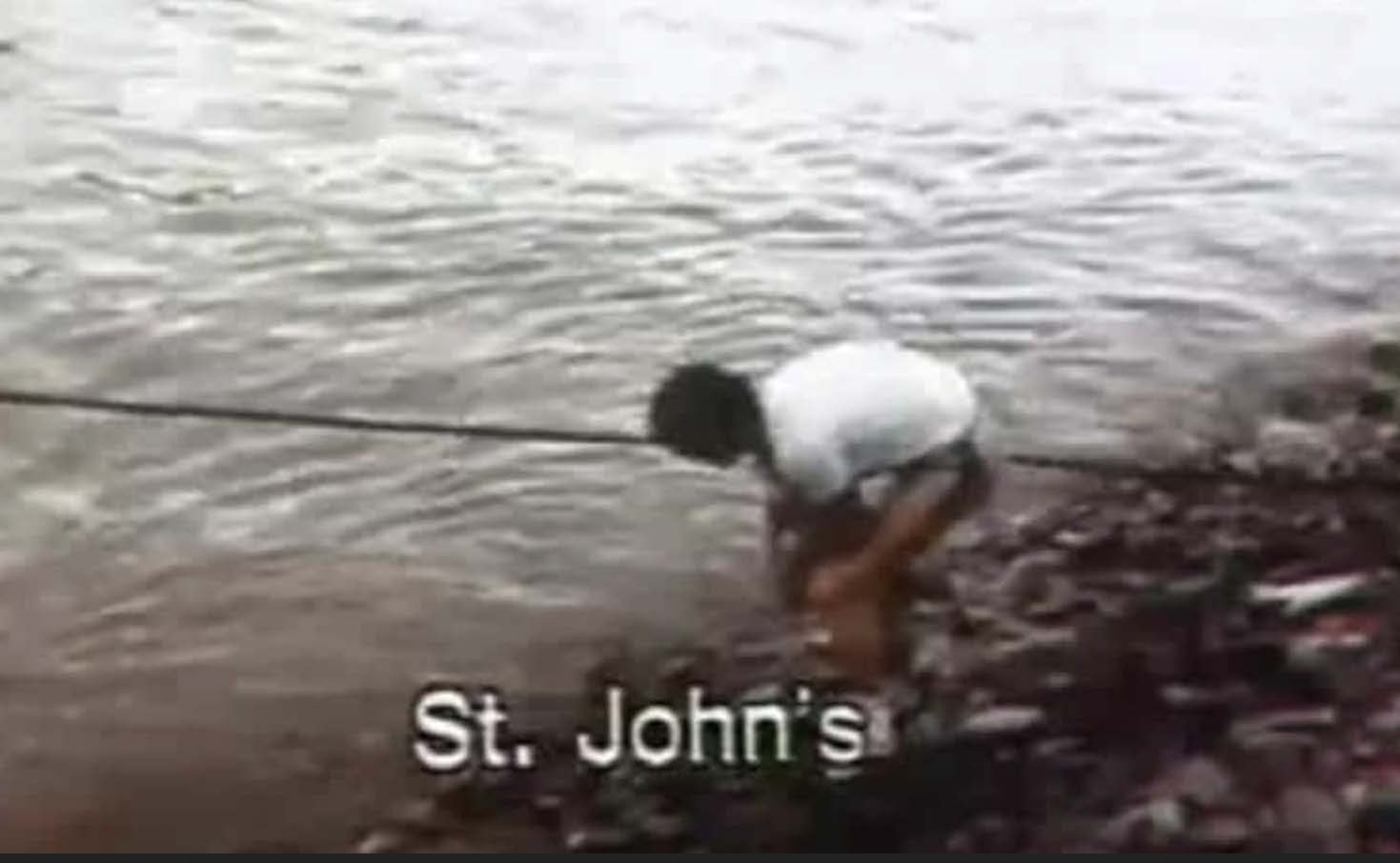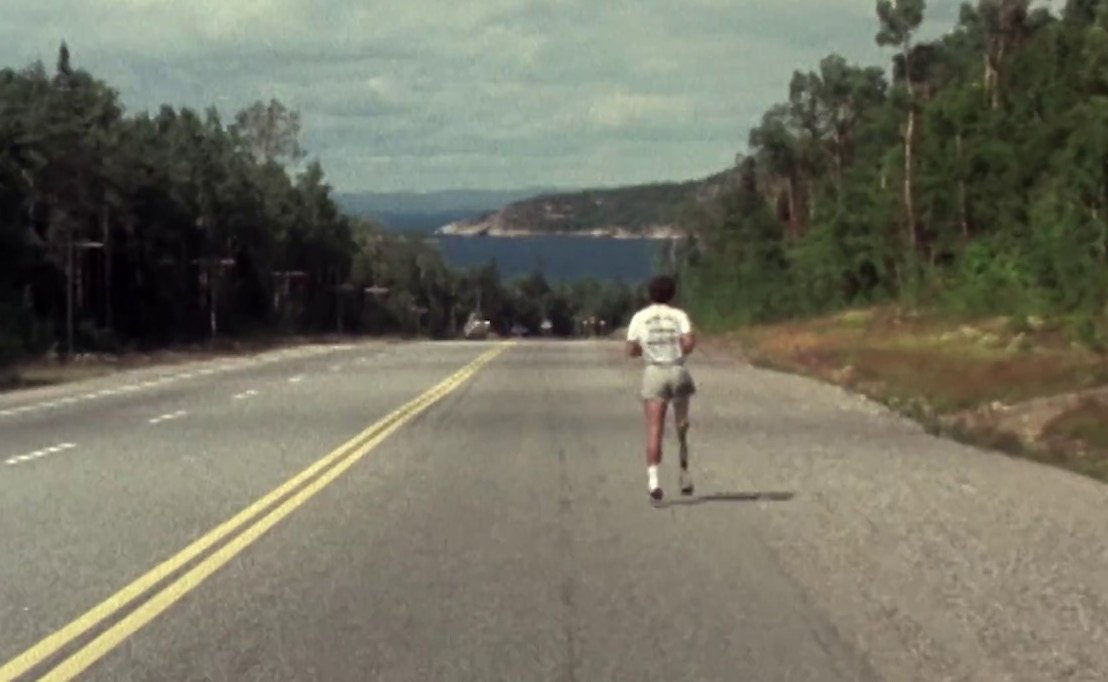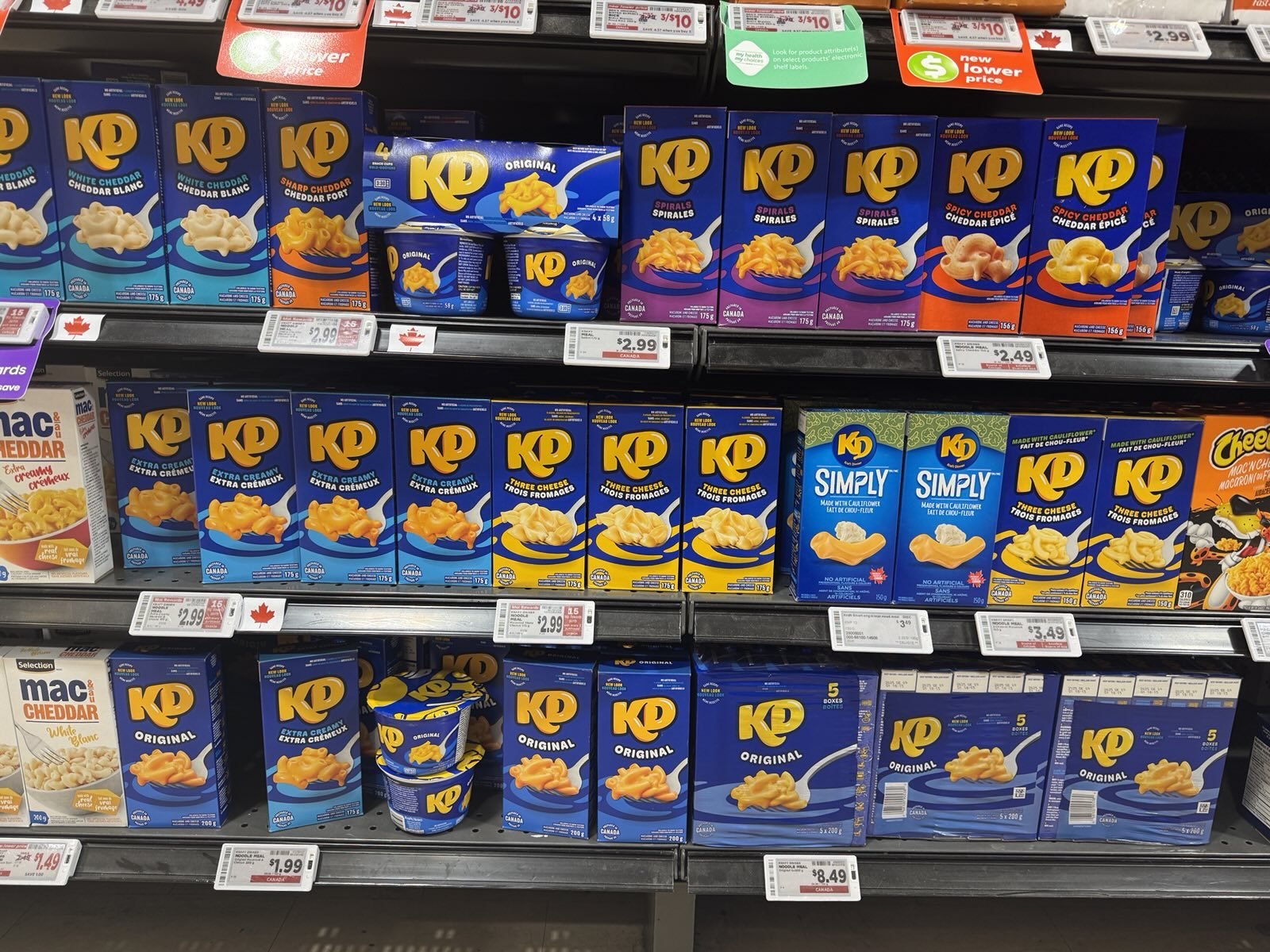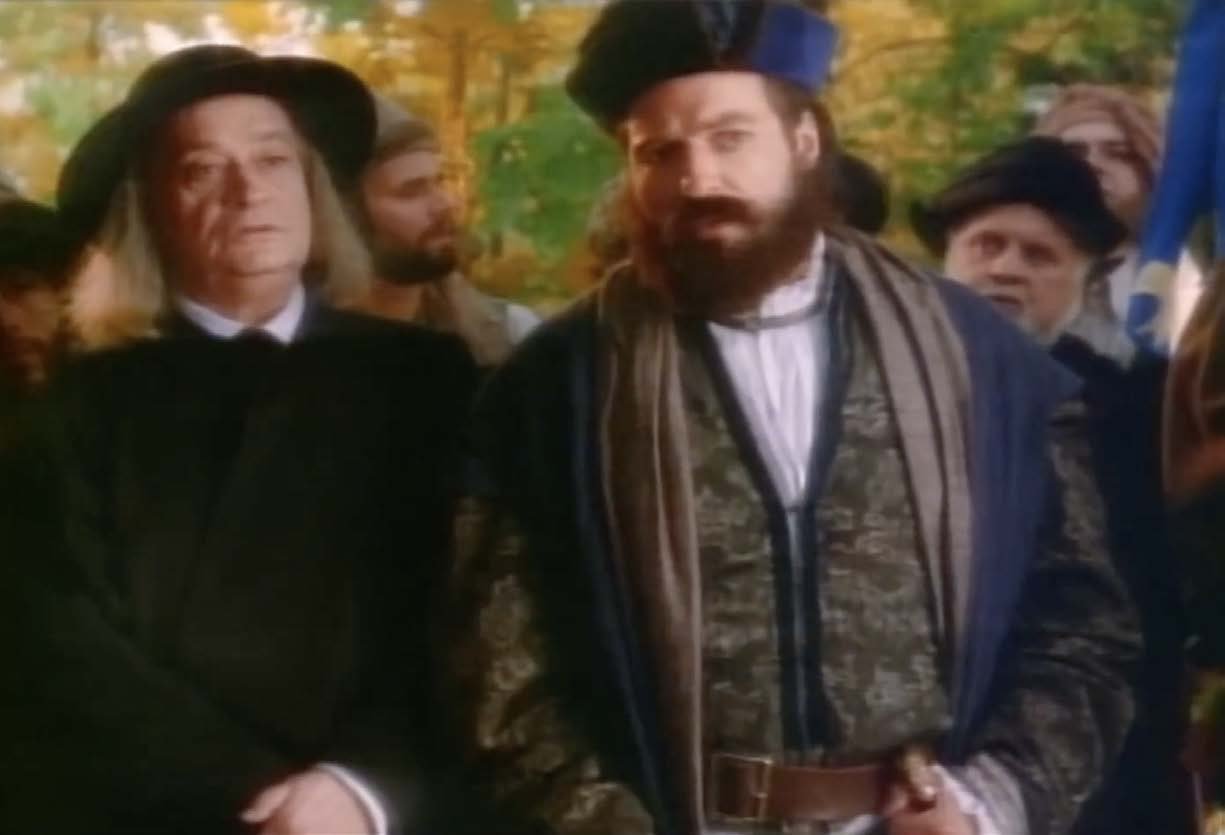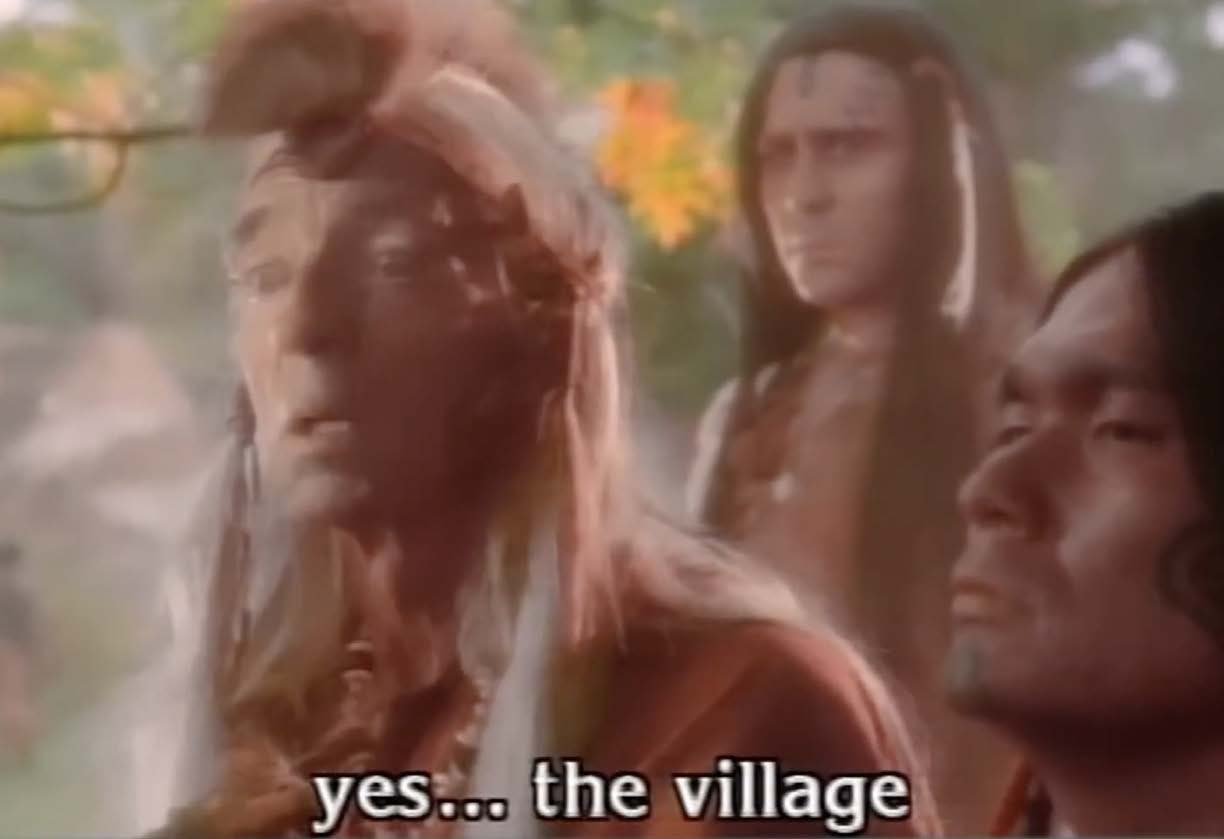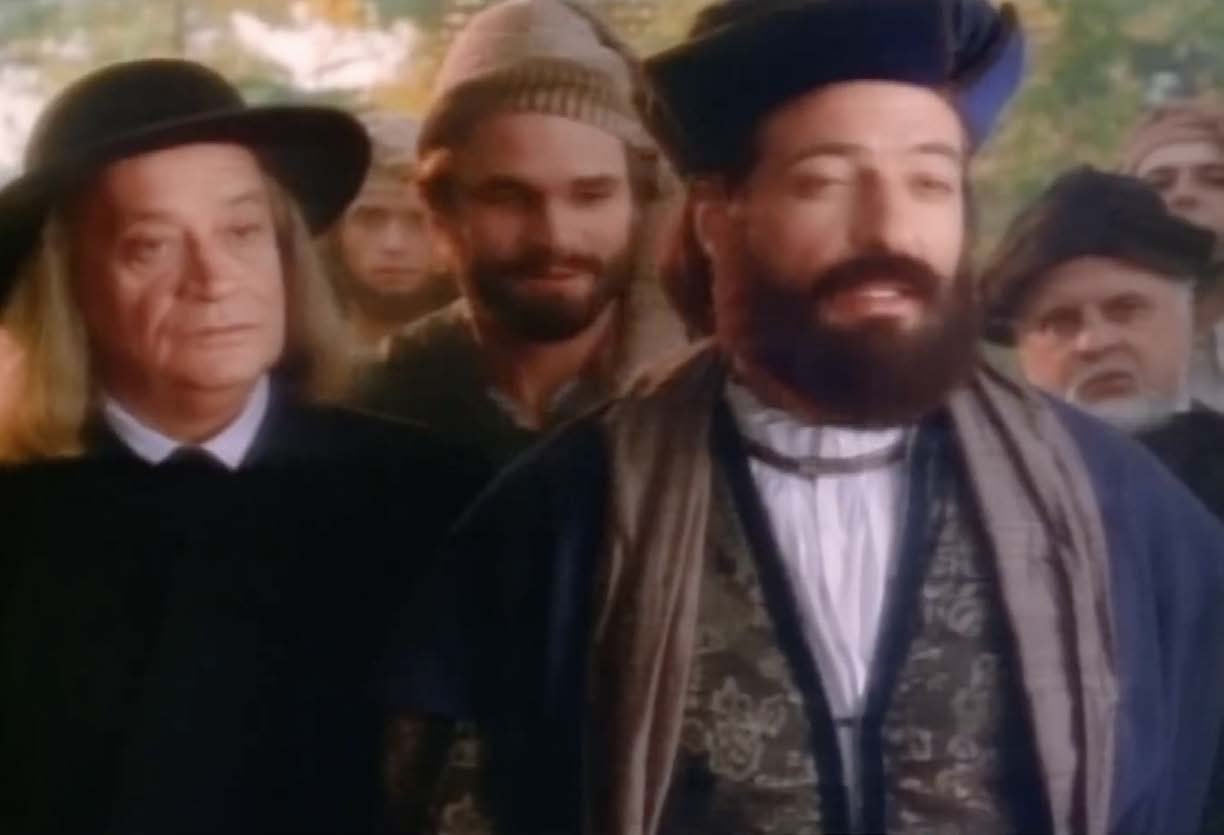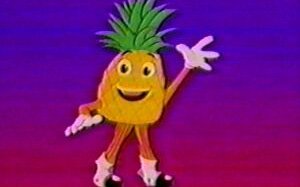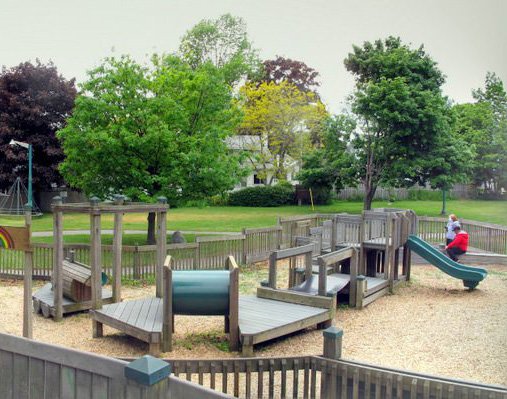Canada is Awesome:
A Little Book About a Big Country
By Neil Pasricha
Do you remember bank calendars?
When I was younger my sister Nina and I always waited in the long line for tellers with my dad at the big Royal Bank in downtown Oshawa, Ontario.
We’d spend time begging my dad for a Coffee Crisp from The Hasty Market next door, a handful of Sour Chews from the candy machines, or maybe one of those foil-wrapped chocolate-covered mints sitting up at the counter—the ones you’d rip apart as dozens of tiny chocolate islands broke off the mainland and stretched across the pasty white minty sea expanding between your fingers.
I remember being surprised those minty chocolates were sold by the Royal Canadian Legion.
Why chocolates?
Was it just a way to keep their boxes full for the 11 months a year they weren’t filled with poppies?
You had to love the Legion’s quarter-in-a-box POS system, too.
How Canadian!
For me those boxes brought back memories of unmanned stands selling eggs, lilac bouquets, or jars of honey on two-lane highways to Sandbanks or Wasaga Beach.
“In Flanders Field the poppies grow, between the crosses row by row…”
Nina and I would swing under the felt ropes, fingernail-scratch million dollar withdrawals on those thin triplicate pink-white-green carbon papers, and sometimes ‘reorganize’ the wall of pamphlets with names like “Open an RRSP”, “The Power of Canada Savings Bonds”, or “Get A New Royal Bank Visa Today!”
Most pamphlets showed a husband and wife grinning at each other at their kitchen table.
I remember thinking they’d probably sell more credit cards if they showed a mom with sweaty bangs holding two red, white, and green plastic bags outside the entrance of The Bay.
Bank lines were a regular and uneventful part of our lives…
UNLESS…
…it was the one day we were handed a new bank calendar for next year.
I can still feel the excitement of holding next year’s calendar for the first time.
Like holding a lightning bolt.
We were going to be staring at this thing on our kitchen wall all year—every soccer practice, every birthday party, every dentist appointment—so it was by far the most critical piece of technology in our home.
After walking through the bank’s shoveled parking lot my dad would pull open the door to the rear-facing backseat in our wood-paneled Pontiac Parisienne and we’d hop in and start flipping on the drive to A&P…
Our eyes popped at misty rainbows over Niagara Falls, snow-capped peaks smeared like icing over mountains, and tiny people walking on Bay of Fundy floors.
We stared at evergreens standing silent behind mirrory Algonquin lakes, red and yellow leaf-covered drives on twisting Cape Breton roads, and a fading sun setting over the Toronto skyline … years before the Skydome.
We flipped past totem poles of Stanley Park at sunset, chalky-blue Lake Louise waters lying tranquil between mountains, and the majestic Chateau Frontenac looming over a frozen Quebec City.
We gazed at mossy boulders beside deep blue lakes, giant redwoods on Vancouver Island, and nearly neon-green grasses rolling over lush Prince Edward Island hills.
“Never forget how lucky we are,” my dad would remind us as he steered us from A&P to Harvey’s.
“Never forget how good we have it.”
“All those pictures are from your own country.”
“Canada is the land of opportunity … it’s the best country in the world and you get to live here!”
It took me a long time to realize my dad was right.
I guess he would know.
My dad was born Surinder Kumar Pasricha in 1944 in a small village called Tarn Taran in Punjab in India and grew up in a small house on a sandy side street sharing a tiny bedroom with three brothers and a sister. He was three when his mom died and his aging grandmother came to teach the kids to scrimp, save, and study for the next twenty years.
They had one slate board for homework and bought an egg maybe once a week.
“Once a week?” I’d ask
“They were five rupees each!” he’d say
At night my dad worked long hours ironing at his father’s Singer sewing machine shop … helping his dad stay on the sales floor, pressing shirts in the back.
While doing his Masters in Nuclear Physics at the University of New Delhi he applied for immigration and was accepted in 1968.
“Why Canada?” I asked him.
“It was a newer country. It was more opportunities at that time. And my brother was there. So I thought that was a good place.”
“What about Sweden? Norway? Finland? Didn’t you tell me they were number one?”
“They were. I looked up a list in school and Scandinavian were on top. But they don’t speak the language. Canada, US, Australia were the ones with English speaking. And there was lot of teachers demand.”
“So then … why Canada specifically?”
“I got the letter back from Canada first.”
My dad arrived at Toronto International Airport in 1968, sixteen years before it was named after Lester B. Pearson, with a small suitcase and eight dollars in his pocket.
“Why does every immigrant come with eight dollars?”
“That was what the maximum rupees the Indian government allowed out of the country was worth.”
He got an apartment in Scarborough and spent the summer ripping tickets at the public pool in the Beaches before being hired as the first high school physics teacher in the Durham Board of Education.
Ontario had just split science into its biology, chemistry, and physics subcomponents so, according to my dad, they simply needed people to teach physics “because they never taught it to anyone before.”
And my dad wanted to embrace every aspect of his new country.
Some family and friends lived on Gerrard Street or out in Brampton near some emerging Indian restaurants, temples, and shops—and he certainly loved samosas from Motimahal and burfi from Brar Sweets—but my dad preferred his own version of heading into the unknown and moved to Oshawa where he lived as one of a handful of visible minorities in a blue-collar GM town half an hour east of the big city with large populations of immigrants from Ukraine, Italy, Portugal, France, Romania, Germany, Poland, and Greece.
My dad started eating beef, going on school canoe trips, and chaperoning dances, where a few years later he was swirling and twirling my mom at twice the speed of everyone else—in his frilly baby blue dress shirt, dark velvet jacket, and a big smile—his boxy glasses flashing rainbow reflections from the disco ball.
My dad brought home our first Sears Christmas tree with the spray-painted prongs telling us where on the forest-green broomstick trunk we should poke the branches.
He hosted birthday parties at Burger King where my friends Jason Hopgood and Jason Daigle and I toured the slippery orange-tiled kitchen before swiveling on tan chairs wearing gold paper crowns.
He took us tobogganing at the golf course a few years after seeing snow.
My dad didn’t know what he was doing.
But he knew he wanted to try.
I think my dad’s sense of curiosity and wonder with Canada rubbed off on my sister and me.
Never forget how lucky we are.
Never forget how good we have it.
My dad was right.
And there are so many reasons why.
So many things that make Canada Canada.
Where do we begin?
Maybe it all starts with those blue puddles on our map…
They’re in half the calendar photos for good reason.
Turns out the last ice age ripped more than two million lakes into our fabric and they’re filled with the world’s largest supply of fresh water.
No big deal but most sources say we have more lakes than every other country in the world … COMBINED.
We have 20% of the world’s fresh water!
Sure, the definition of lake is vague, and much of our fresh water isn’t exactly accessible, but the point is we are completely surrounded—everywhere—by the ingredient most precious and vital to our existence.
We are the second-largest country in the world after Russia but did you know we have the longest coastline (243,042km) and the most islands? (52,455)
And did you know we have the biggest island in a lake (Manitoulin Island, Lake Huron, 2766 km2) and that on that island there are over 100 other lakes and that on one of those lakes (Lake Mindemoya, 39km2) is an island (Treasure Island, 0.4km2) which is officially … the world’s largest island on a lake on an island on a lake.
Treasure Island on Lake Mindemoya (on Manitoulin Island on Lake Huron)
So much water…
So many islands…
Including Baffin Island which is the fifth-largest island in the world between Madagascar (#4) and Sumatra (#6)…
…and Victoria Island which is the eighth largest island in the world right between Honshu (#7) and Great Britain (#8)…
We are also heavily crowned ear-to-ear by the Pacific Ocean, Arctic Ocean, and Atlantic Ocean and even have Hudson’s Bay, clocking in at the near-unfathomable 1,230,000km2—five times all the Great Lakes combined!—which makes it the second largest Bay in the world after the Bay of Bengal.
(Hudson’s Bay, of course, has its own spritely l’il offshoot— James Bay—which itself the same size as Sri Lanka, Costa Rica, or Ireland.)
Water, water, everywhere…
So many drops to drink…
We forget this all the time!
Have you ever drank bottled water all week on some WestJet all-inclusive to Punta Cana, Cancún, or Varadero and then found yourself marvelling as you filled up a glass at your kitchen sink when you got home?
Me too.
I remember pushing the black rubbery ‘foot rail’ on the big floor-standing school bathroom sink at Sunset Heights in Oshawa with all the boys giggling and drinking from the sprinklers showering water into our tiny, cupped hands…
We trust the water.
We drink the water.
We live by the water.
We vacation by the water.
This is such deep primal pleasure and it’s right in front of us— inside us, beside us—all the time.
We watch creeks freeze and thaw as our tiny spinning planet tilts on its axis every year.
And since we’re smacked way, way up top we feel those tilts in the form of dramatically changing seasons.
And I really do mean up top!
Just Russia and us up here! The 45th parallel is halfway between the equator and North Pole and 98% of Canada is above it. Down south only the bottom of New Zealand and a smidge of Chile and Argentina can potentially relate to our dramatically changing seasons.
